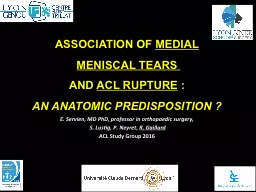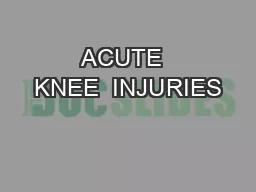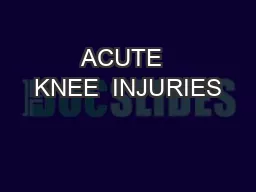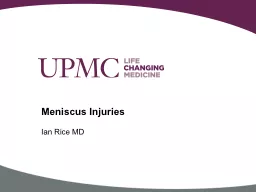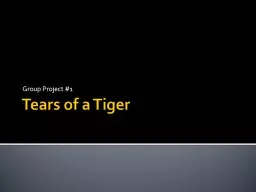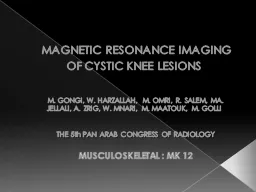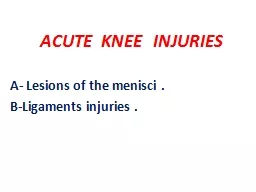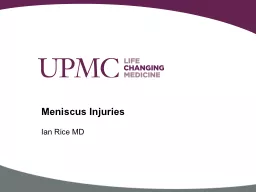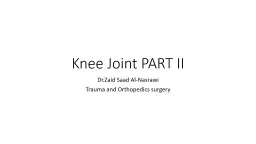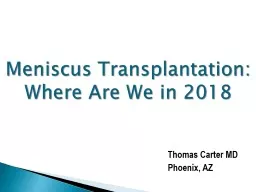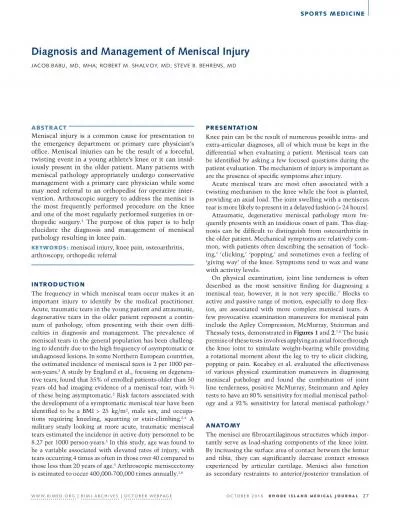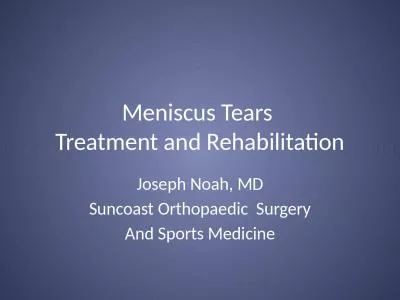PPT-ASSOCIATION OF MEDIAL MENISCAL TEARS
Author : angelina | Published Date : 2022-06-15
AND ACL RUPTURE AN ANATOMIC PREDISPOSITION E Servien MD PhD professor in orthopaedic surgery S Lustig P Neyret R Gaillard ACL Study Group
Presentation Embed Code
Download Presentation
Download Presentation The PPT/PDF document "ASSOCIATION OF MEDIAL MENISCAL TEARS" is the property of its rightful owner. Permission is granted to download and print the materials on this website for personal, non-commercial use only, and to display it on your personal computer provided you do not modify the materials and that you retain all copyright notices contained in the materials. By downloading content from our website, you accept the terms of this agreement.
ASSOCIATION OF MEDIAL MENISCAL TEARS: Transcript
Download Rules Of Document
"ASSOCIATION OF MEDIAL MENISCAL TEARS"The content belongs to its owner. You may download and print it for personal use, without modification, and keep all copyright notices. By downloading, you agree to these terms.
Related Documents

